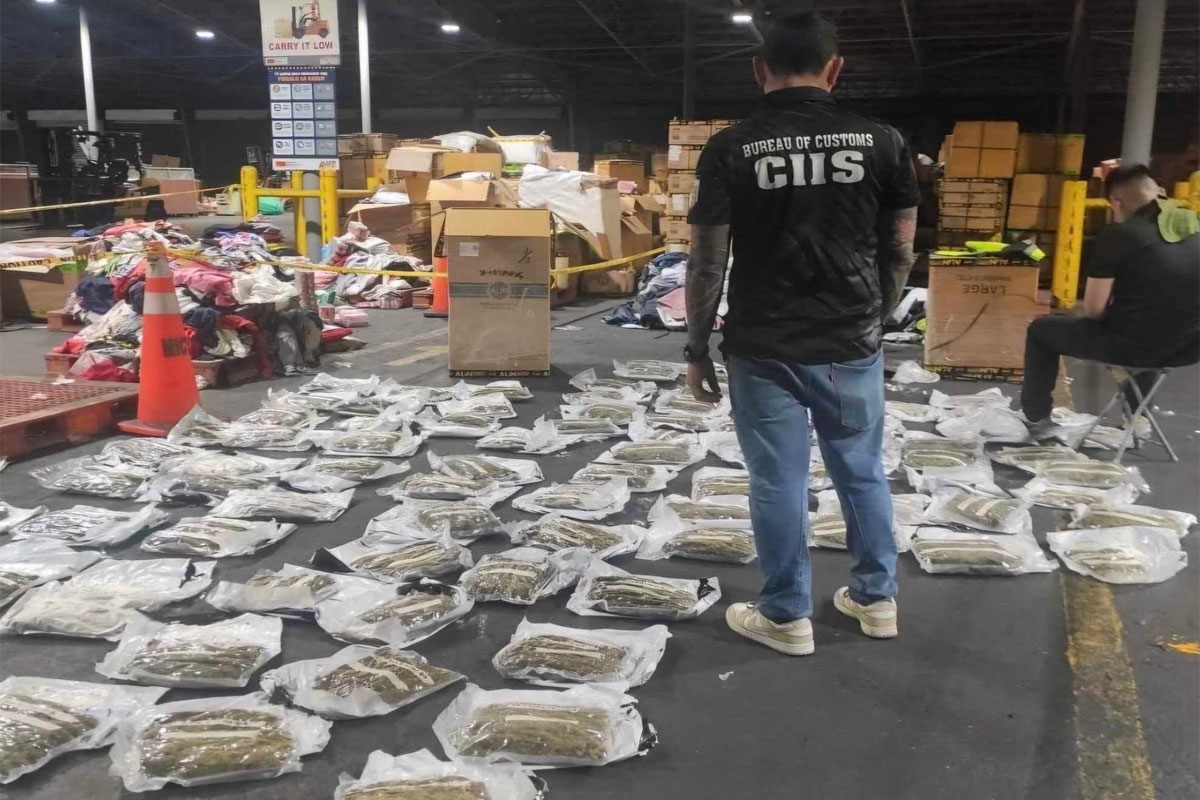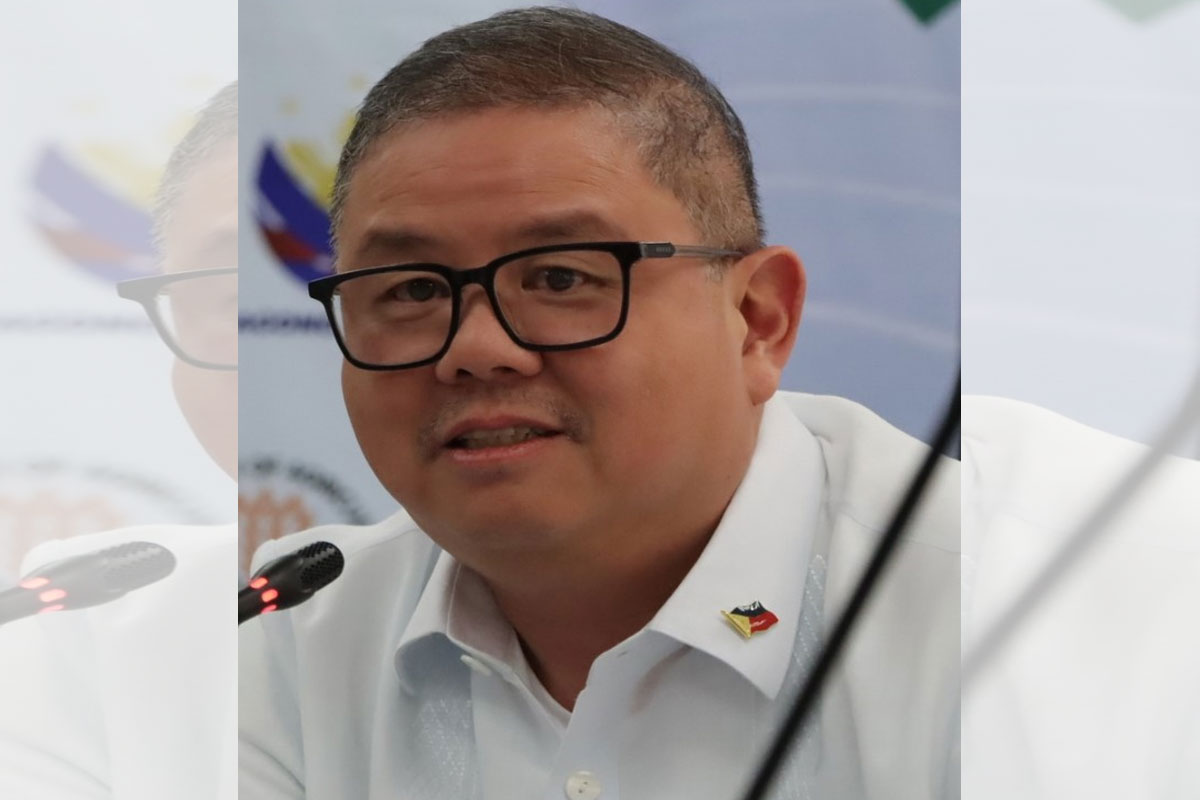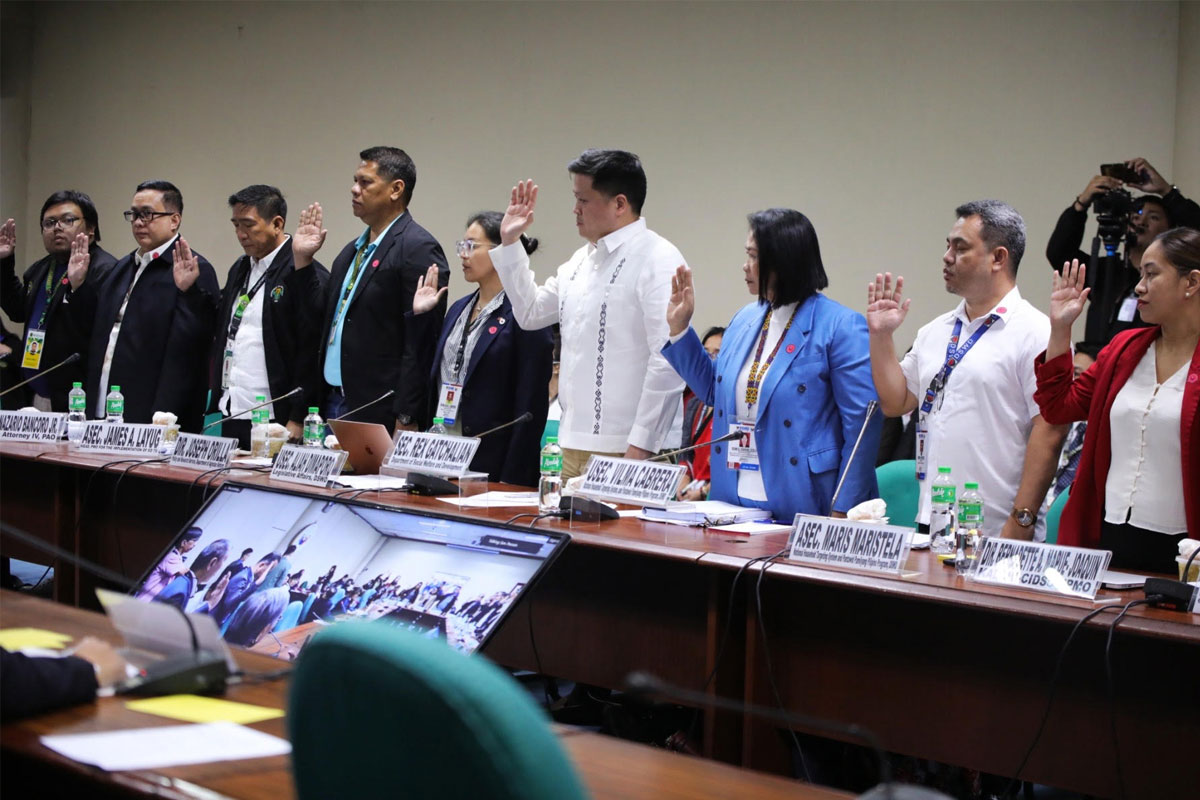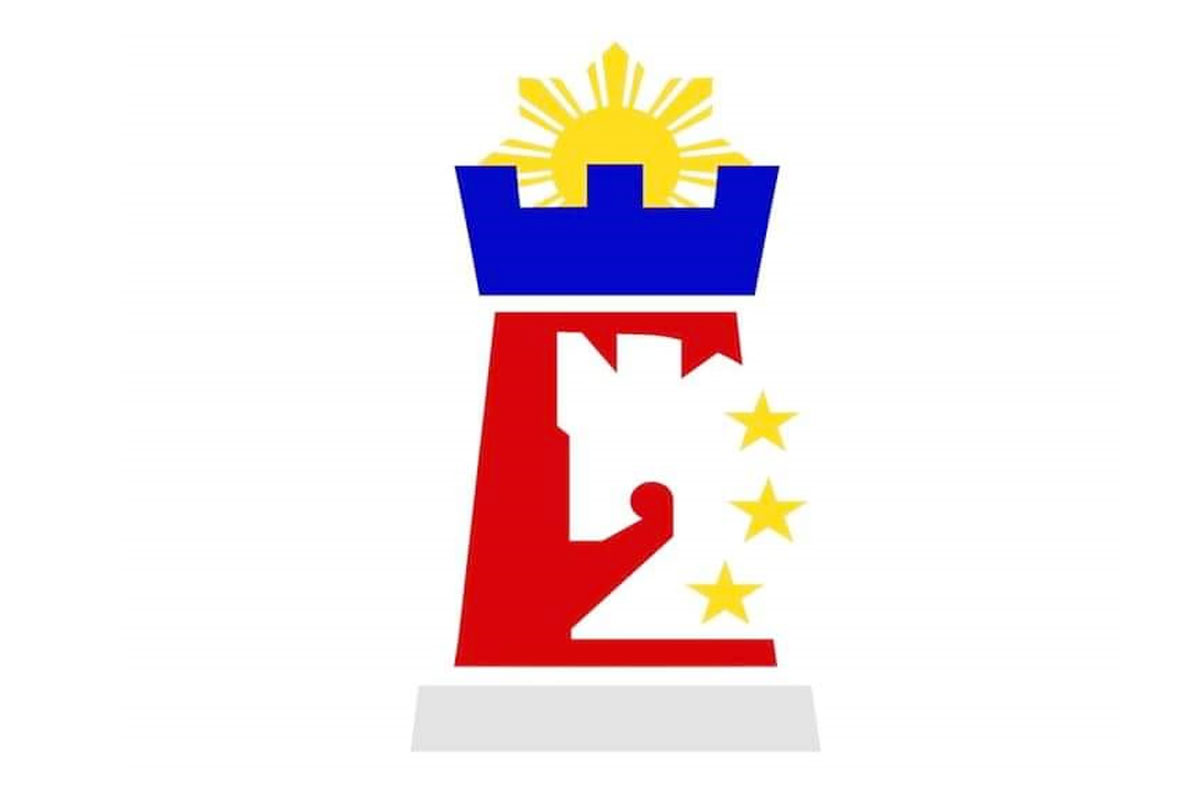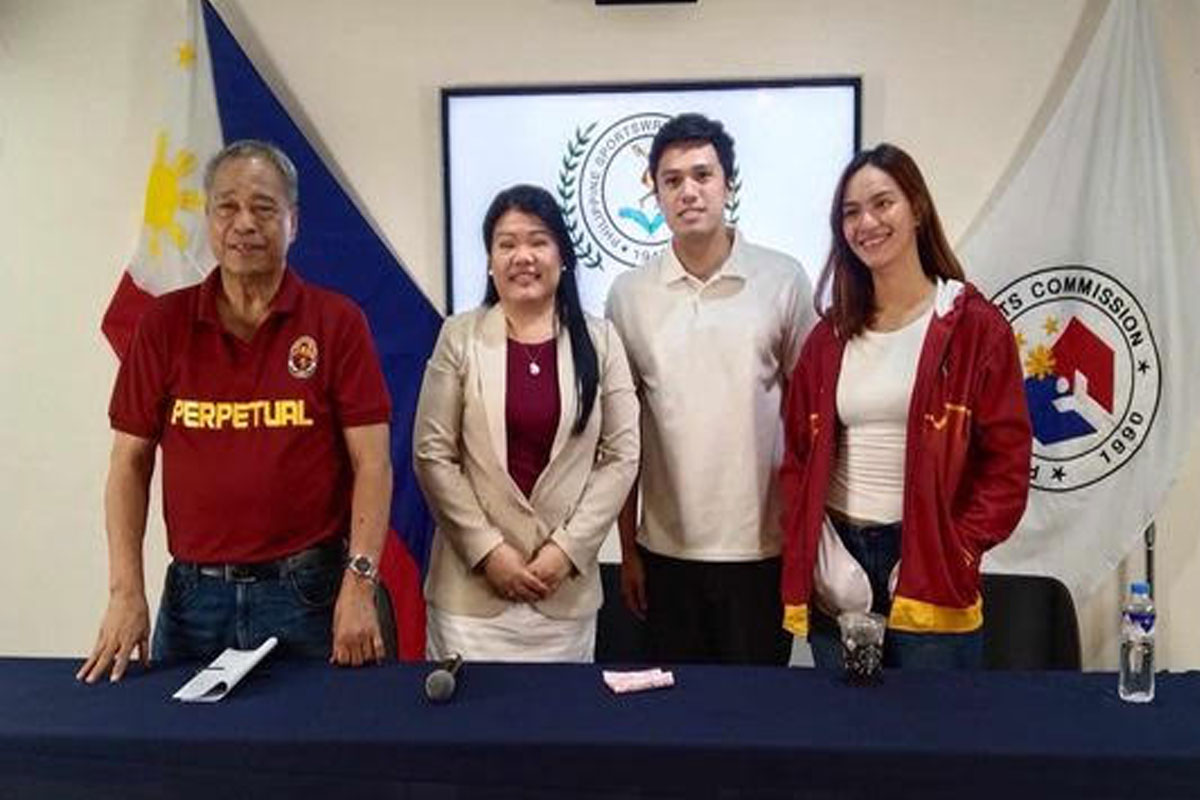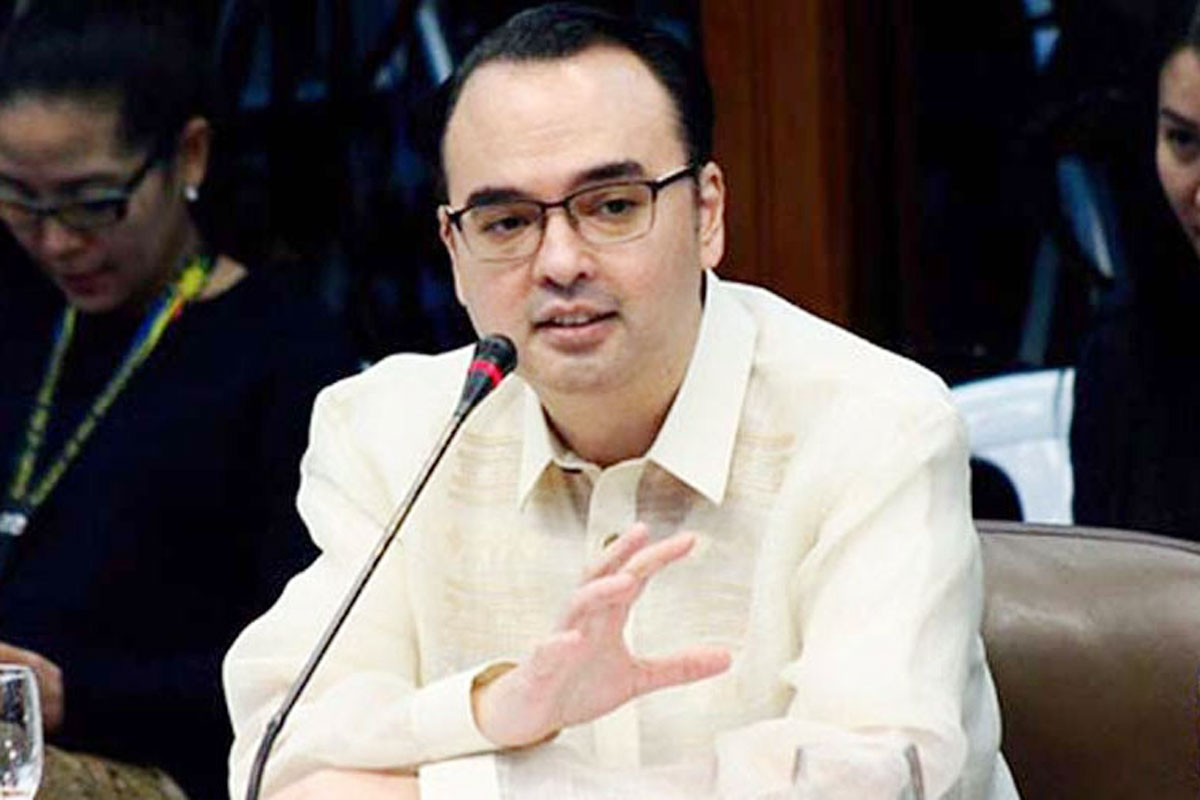
Sports tourism seen to boost dev’t in rural areas
SPORTS tourism can boost development in rural areas across the Philippines in the next few years as the country emerges from the various setbacks brought about by the coronavirus disease 2019 (COVID-19) pandemic, according to former Speaker Alan Peter Cayetano.
The lawmaker highlighted the potential of sports-related travel as a growth driver for the country’s tourism industry, which had been lagging behind its neighbors in Southeast Asia even before the spread of the novel coronavirus shut down international travel beginning in 2020.
Speaking online to youth leaders at the third annual Taguig Youth Convention, Cayetano pointed to sports tourism as an integral part of any plan to bring development to the provinces.
Cayetano underscored the need to bring in basic services as well as jobs and opportunities to the country’s regions, and not just allow development to concentrate in Metro Manila.
“Yung rural living (sa ibang bansa) is not the kind of rural living sa atin na parang kung hindi ka taga-city, probinsyano ka. Doon, (may pagkakaiba pa rin sa) rural at urban, pero yung basics – internet, tubig, kuryente, ospital, emergency center, eskwelahan – meron sila,”
Cayetano said.
The former Speaker cited the New Clark City Sports Complex in Capas,
Tarlac as an example of sports infrastructure bringing real economic opportunities to growth centers outside Metro Manila. Local and national leaders, he said, should at least aspire to invest in similar facilities in all of the country’s 17 regions.
“Kung hindi pa nagka-SEA Games, hindi pa magkakaroon ng ganyan sa Clark (If we hadn’t hosted the SEA Games, we wouldn’t have these kinds of facilities in Clark),” Cayetano, who chaired the Philippine SEA Games Organizing Committee (Phisgoc) which organized the 2019 Southeast Asian (SEA) Games hosted by the Philippines, said.
Aside from hosting athletes in-training and a limited number of sporting events at the New Clark City Sports Complex, the national government has been using the sports complex’s Athletes Village as a quarantine facility for Filipinos returning overseas.
Cayetano shared that one of the American coaches for the Israeli national swimming team who trained at the Aquatics Center in New Clark City for the Tokyo 2020 Summer Olympics held this year in Japan had told him that the facilities in Tarlac were among the best he has been to.
“Sa dami niyang pinuntahang aquatics center sa buong mundo, ito yung pinakamaganda for him,” Cayetano said.
According to the lawmaker, the American coach’s experience at New Clark City Sports Complex could be replicated among thousands of
potential sports tourists and visiting athletes if government leaders decide to zero in on developing sports programs and infrastructure throughout the country.
Cayetano said the United Nations (UN) World Tourism Organization estimates that sports tourism has the potential of generating around
$890.9 billion worldwide by 2025 out of a market of 12 to 15 million annual travellers globally.
He said in the United States, where a robust sports tourism industry already exists, more than 739,000 jobs were sustained by sports-related travel in 2019.
Cayetano said the 2019 SEA Games alone generated more than P500 million in revenues for the Philippines, showing the growth opportunities that can be had in sports-related travel.
“A lot of industries — car rentals, catering, hotels, event organizers, etcetera — can earn income from sports events. So there are many advantages that sports can bring to our society and the economy,” Cayetano said.
The lawmaker added that riding the multi-billion dollar wave of global sports tourism in the next few years will be crucial for the Philippines as the country continues to lag behind its Southeast Asian neighbors in terms of tourist arrivals and tourism revenue.
Before the COVID-19 pandemic hit, the Philippines was ranked 6th out of 10 Southeast Asian countries in terms of their 2019 tourist arrivals. The country only managed to attract 8 million travellers in 2019, representing a mere 6 percent of total tourist arrivals in the region that year, whereas Thailand drew the lion share of tourists at close to 40 million, or 31 percent.
Malaysia and Vietnam hosted 20 million and 18 million tourists, respectively. The tourism sector in Singapore, with almost 16 million visitors, and Indonesia which hosted 13.6 million visitors in 2019 also saw more action than that of the Philippines.
Cayetano called for further integration of sport-related travel into the Philippine tourism industry to help the country move up the regional travel rankings as well aid economic recovery in the post-COVID era.
“Tourism is so important because for every two to three tourists that come to the Philippines, it creates one job for us,” Cayetano said.



